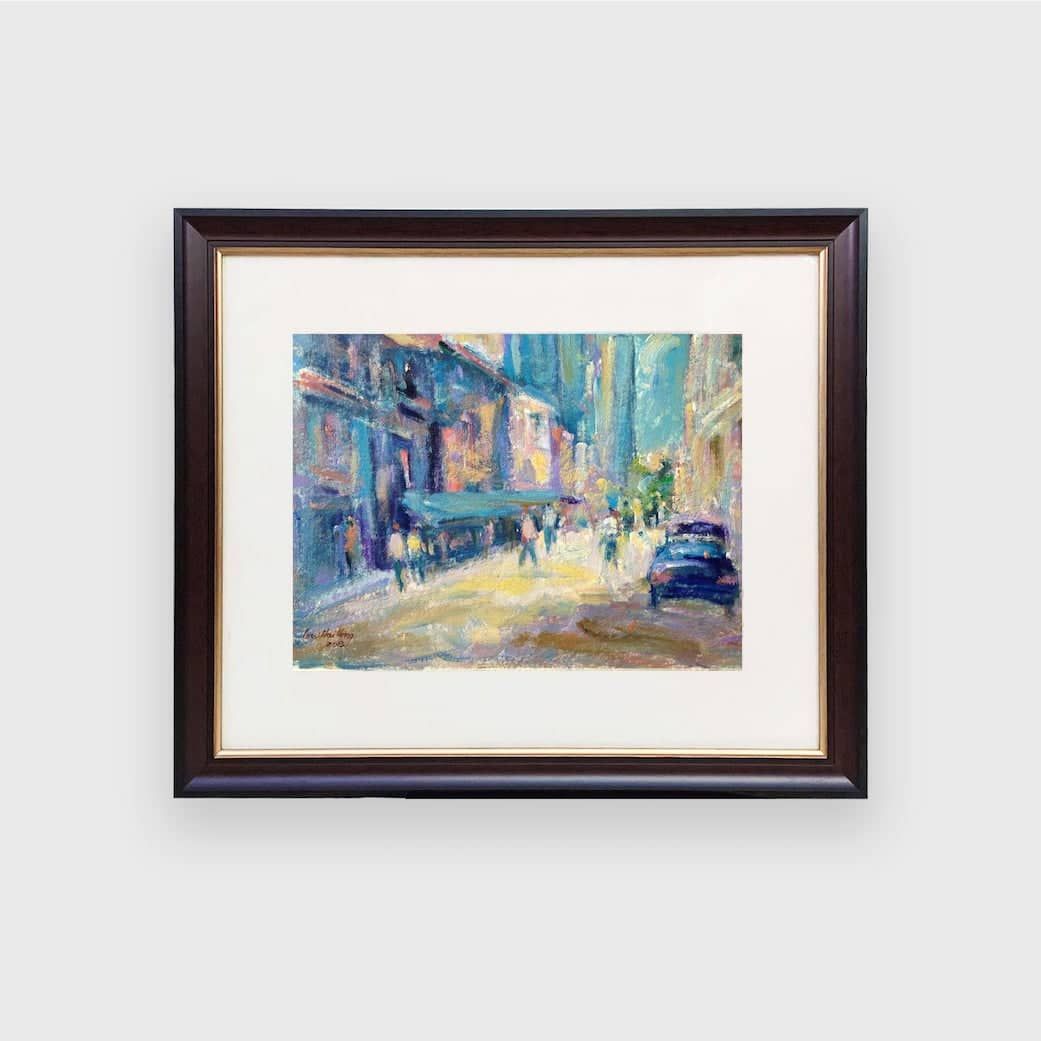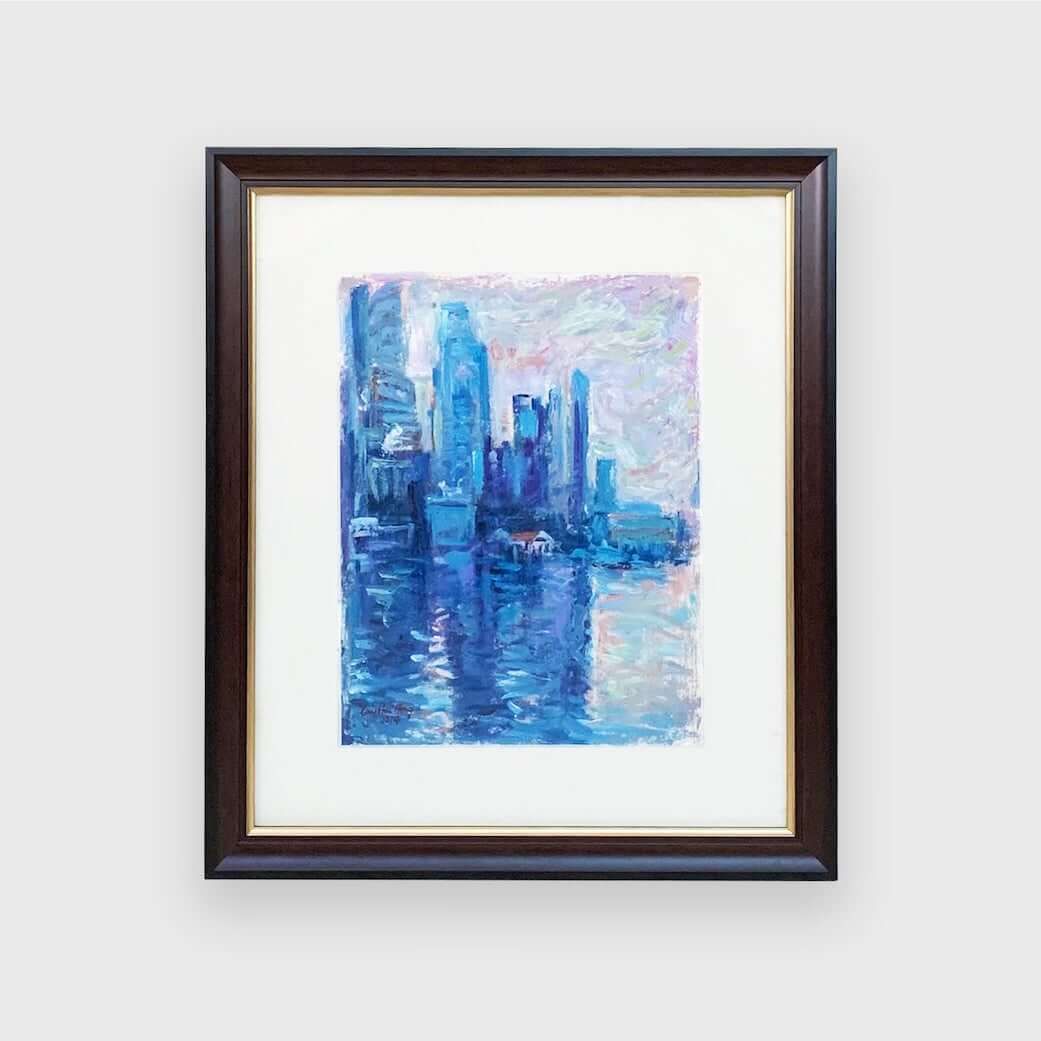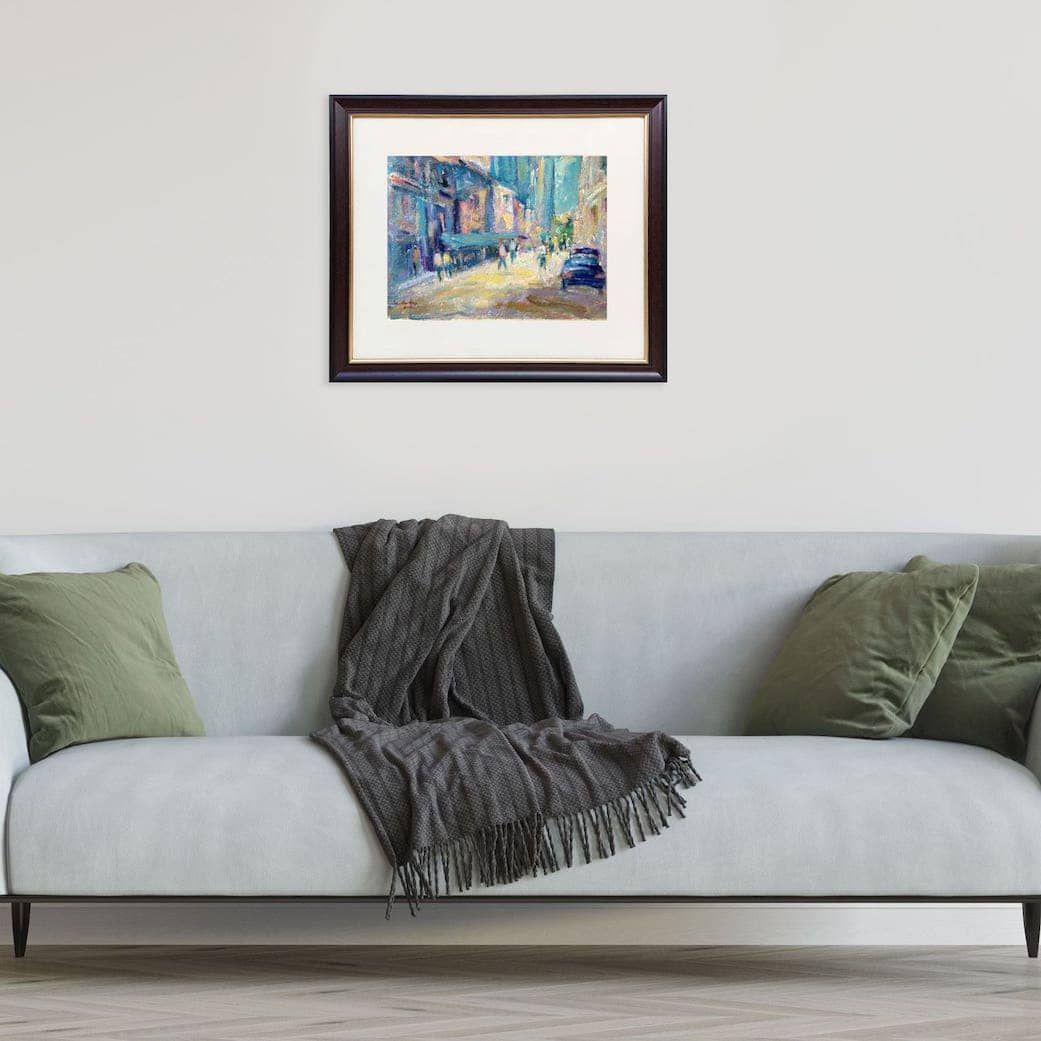What Should I Look Out for When Reselling Art
What Should I Look Out for When Reselling Art?
Navigating the reselling of art can feel like a maze, especially if you are doing it for the first time, but knowing what to watch out for will save you time, money, and potential headaches.
As you embark on your journey of reselling art, it is crucial to pay attention to various factors that can influence your success.
Each step in the process is important, from understanding the market to ensuring the authenticity and condition of your artwork.
In summary, here are key considerations and tips to keep in mind when you are reselling art, especially if you are doing it for the first time.
Understand the Art Market
Research current trends and popular styles to price your artwork appropriately.
Familiarise yourself with what buyers are looking for, whether it is contemporary pieces or traditional art.
Understanding market demand will help you attract potential buyers.
Know Your Artwork
Gather comprehensive information about the paintings you wish to sell, including the artist’s reputation, provenance, and history.
This knowledge will be invaluable when discussing your pieces with potential buyers.
Provenance and Authenticity are Paramount
Ensure your artwork is genuine and well-documented. Selling misattributed art can lead to legal issues.
If you lack documentation, consider hiring an art appraiser or authenticator to verify the piece's legitimacy.

Condition Matters
Be honest about the artwork's condition and provide high-quality photographs showing any imperfections.
This transparency builds trust with potential buyers and can prevent disputes later on.
Understand the Costs Involved
Selling art comes with various costs, including commissions, appraisal fees, restoration and conservation costs, shipping, insurance, and marketing expenses.
Be prepared for these costs, and always check the fees involved with galleries or online platforms before committing to a sale.
Choose the Right Selling Platform
Evaluate the pros and cons of each selling avenue to find the best fit for your artwork.
Each platform has its audience, so choose wisely based on your art style and target market.
Get Everything in Writing
Document all terms and conditions clearly, including pricing, payment terms, and shipping responsibilities.
This protects both you and the buyer and ensures a smooth transaction.

Set a Realistic Price
Research comparable sales and factor in selling fees to avoid overpricing or underpricing your artwork.
Consult with experts if needed to ensure your pricing is competitive and reflects the current market, and factor in selling fees.
Promote Your Art Effectively
Invest in quality images and engaging descriptions. Use social media and email marketing to reach a broader audience.
Consistent promotion can keep your artwork at the forefront of potential buyers' minds.
Be Prepared for Negotiation
Flexibility can be beneficial in the selling process. Be ready to negotiate on price, and decide beforehand your limits for concessions.
Build Trust with Buyers
Establishing trust is essential in art transactions.
Be transparent about your artwork’s history and condition, use secure payment methods, and consider offering a clear return policy to reassure buyers.
By observing these important considerations, you can enhance your chances of a successful art resale.
Each step plays a vital role in ensuring a smooth transaction and building a positive reputation in the art market.











